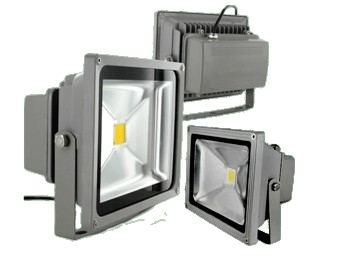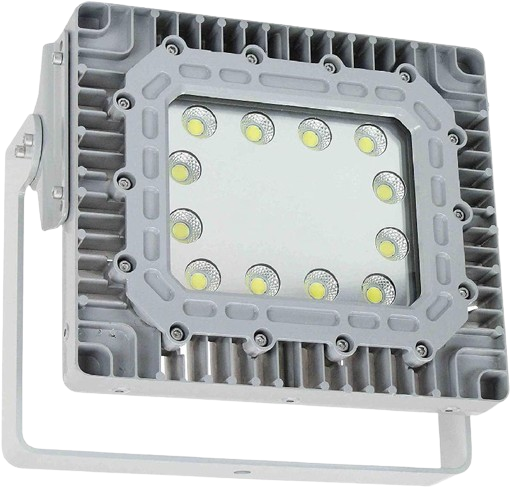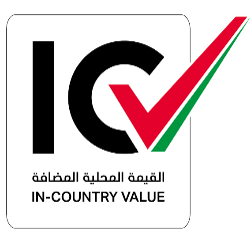Detroit House, 112 Motor City Dubai , UAE.
Flood Lighting

Flood Lighting
In industries where volatile substances pose a constant risk of explosion, ensuring safety is paramount. One essential aspect of maintaining safety in such environments is proper lighting, and flood lighting plays a vital role in providing reliable, intrinsically safe lighting solutions. In this comprehensive guide, we’ll delve into the significance of flood lighting, exploring its key features, applications, benefits, and considerations for selecting the right fixtures for industrial settings.
Understanding Flood Lighting
Ex-proof flood lighting, also known as explosion-proof flood lighting, is specifically designed to operate safely in hazardous environments where the presence of flammable gases, vapors, or combustible dust creates the risk of explosion. These lighting fixtures are engineered with sturdy materials and sealed enclosures to prevent sparks, arcs, or excessive heat from igniting flammable substances in the surrounding atmosphere.
Key Features of Flood Lighting
Intrinsically Safe Design: flood lights adhere to stringent safety standards and certifications, ensuring that they are intrinsically safe and capable of operating in hazardous locations without causing ignition.
Durable Construction: Constructed from rugged materials such as aluminum or stainless steel, ex proof flood lights are built to withstand harsh environmental conditions, including corrosive chemicals, extreme temperatures, and physical impacts.
Sealed Enclosures: These fixtures feature sealed enclosures that provide protection against the ingress of dust, moisture, and gases, maintaining the integrity of the lighting system and reducing the risk of ignition.
Efficient Lighting Technology: Many flood lights utilize advanced LED technology, offering energy efficiency, a long lifespan, and superior illumination compared to traditional lighting sources. LEDs also generate minimal heat, reducing the risk of igniting flammable substances.

Applications of Flood Lighting
Flood lighting finds widespread use across various industries where hazardous conditions exist. Examples of applications include:
Oil and Gas Facilities
Flood lights are deployed in drilling rigs, refineries, petrochemical plants, and offshore platforms to illuminate work areas and ensure safety during operations.
Chemical Plants
These fixtures are installed in chemical processing facilities, where the presence of volatile substances necessitates intrinsically safe lighting solutions to prevent explosions.
Mining Operations
In underground mines and surface mining sites, Flood lights provide essential illumination for tasks such as excavation, material handling, and equipment maintenance.
Manufacturing Facilities
Industrial settings such as manufacturing plants, foundries, and production floors utilize ex-proof flood lighting to illuminate workstations, assembly lines, and storage areas where flammable materials may be present.
Benefits of Ex-Proof Flood Lighting
Safety Enhancement: By preventing ignition in hazardous environments, ex-proof flood lighting significantly reduces the risk of accidents, injuries, and property damage, ensuring the well-being of workers and facilities.
Improved Visibility: These fixtures deliver bright, uniform illumination, enhancing visibility in dimly lit or hazardous areas, thereby minimizing the likelihood of errors and accidents caused by poor visibility.
Durability and Reliability: With their rugged construction and sturdy design, ex-proof flood lights withstand harsh conditions and continue to perform reliably in demanding industrial environments, reducing downtime and maintenance costs.
Regulatory Compliance: Ex-proof flood lighting and ex proof lights meet regulatory requirements and industry standards for safety in hazardous locations, ensuring compliance and mitigating the risk of penalties or shutdowns due to non-compliance.

